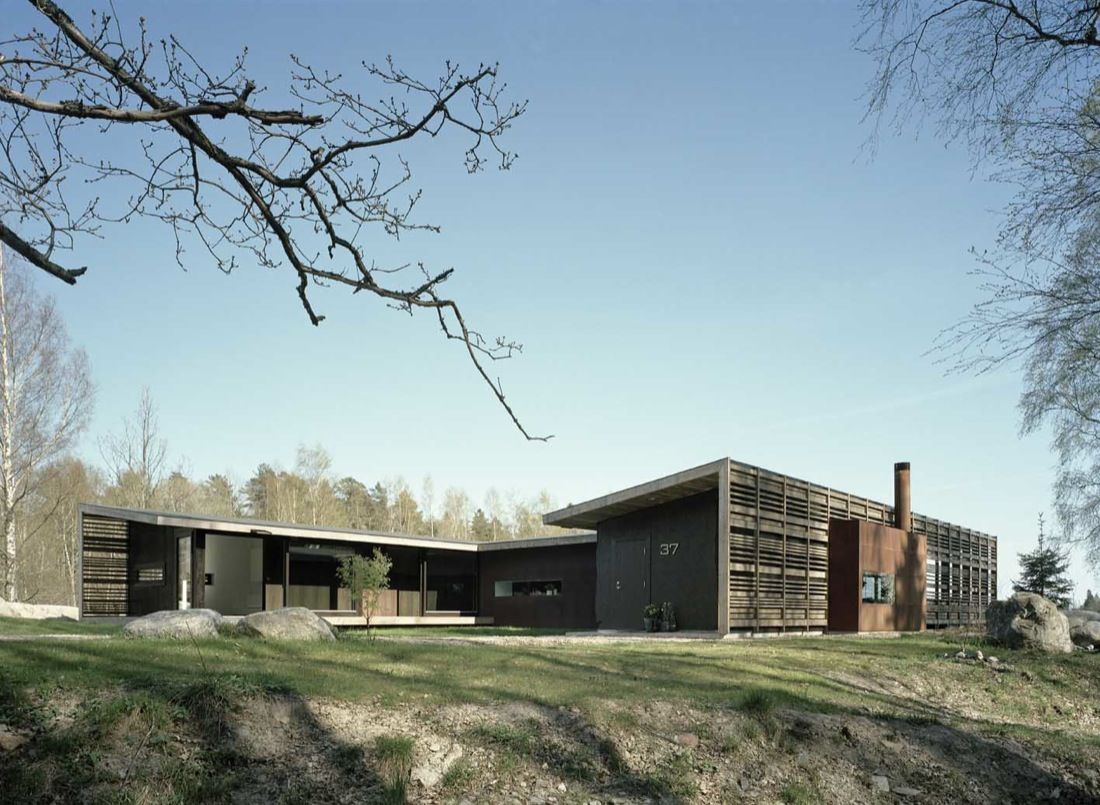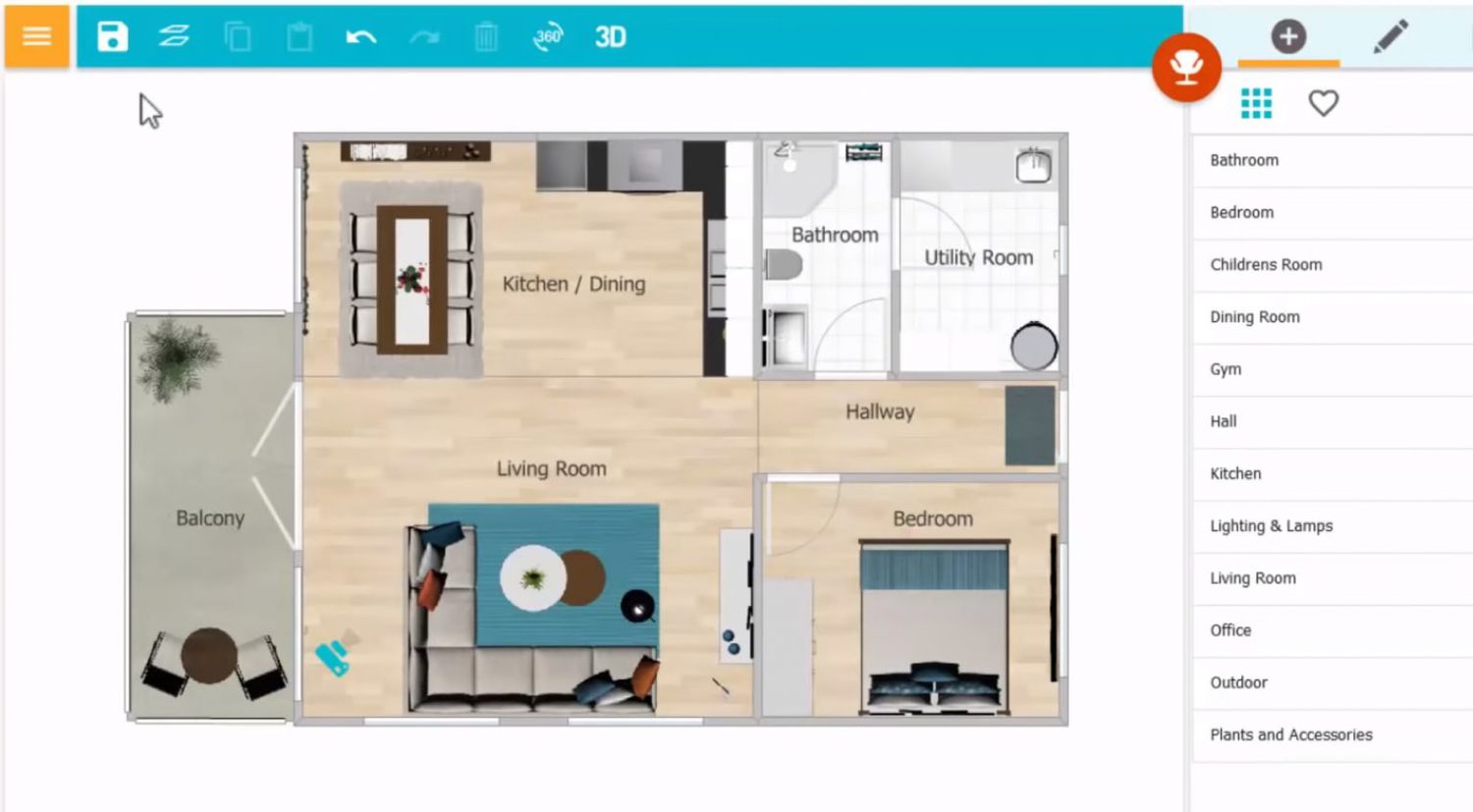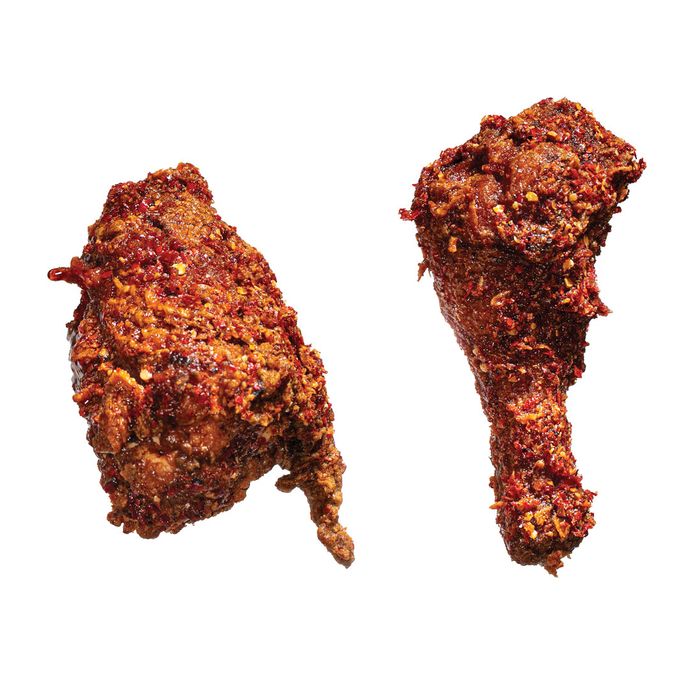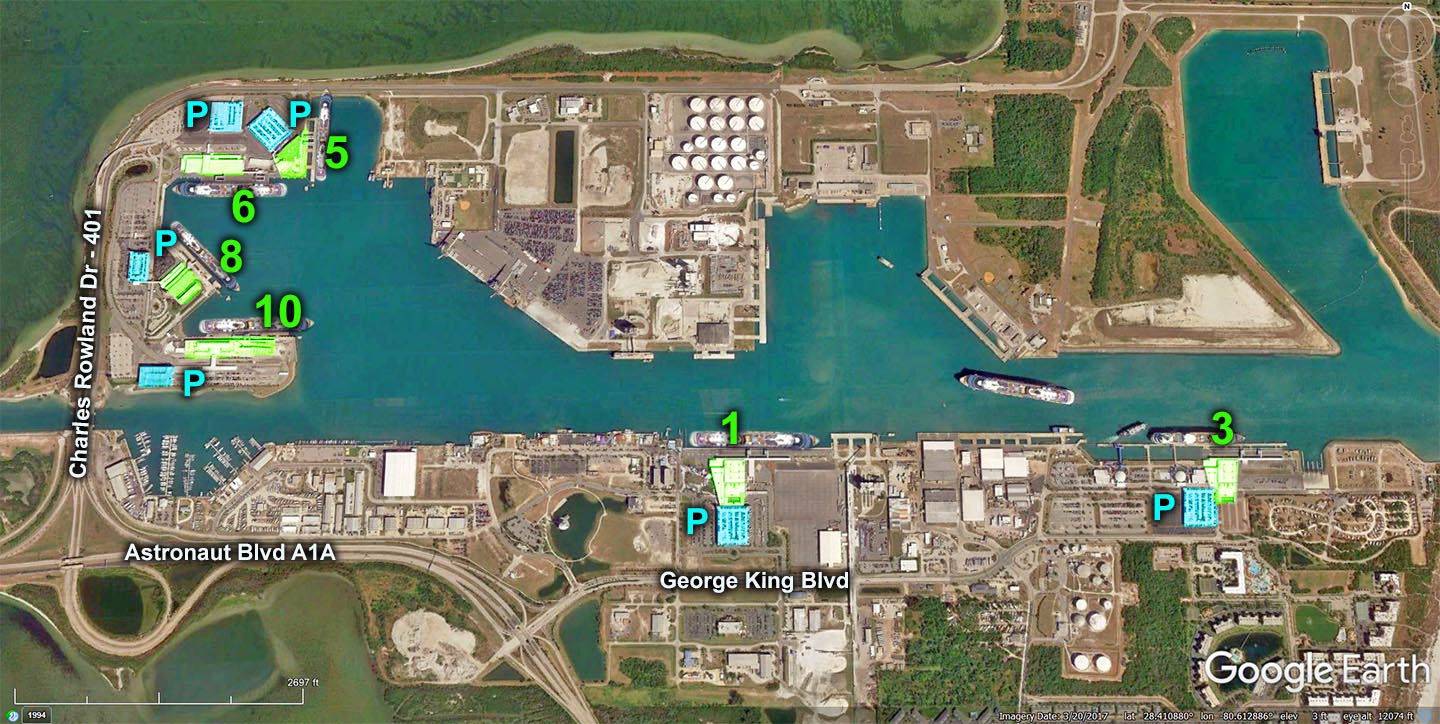Table Of Content
- Celtics vs. Heat, Game 3 first round: Prediction, preview, how to watch, stream, start, key stats (4/
- Kristaps Porzingis needs to play much better for the Boston Celtics to beat the Miami Heat
- Glendale County Building
- Get our monthly email updates on what’s happening in Los Angeles County
- Structured data
- Celtics' Jaylen Brown names Boston's 23rd most influential person
- Hale House (Los Angeles, California) facts for kids
The PX was sitting on a table and saying “cards,” “frog,” and “rabbit”—toy items actually on the table as one of the home’s displays. Colonial Drug is a a recreation of an actual Highland Park drugstore owned by George W. Simmons. The original Colonial Drug was located at the corner of Avenue 57 and Figueroa Street (then Pasadena Avenue), the same spot where Owl Drug once operated (and is now home to Owl Bureau, a bookstore/advertising agency). Simmons’s shop opened after World War I and served the community well into the 1970s. But this particular house is noteworthy because it was owned by one John J. Ford — a well-regarded woodcarver of the day. His work is on display in the California State Capitol and at Hawaii’s Ioliani Palace on O’ahu — as well as the private railway car of one Leland Stanford (yes, that Stanford).

Celtics vs. Heat, Game 3 first round: Prediction, preview, how to watch, stream, start, key stats (4/
Costumed actors reminisce about Christmases of their youth and how they compare to today’s traditions in this annual celebration honoring the museum’s existence. Tickets are limited for the event (see heritagesquare.org), but you can do an incredibly good deed by making a small donation, joining or giving a gift membership to your favorite California museum this holiday. Buying merchandise from their catalogs and gift stores also helps support them. While Salvation Army bell ringers volunteer for special causes, the state’s historical museums are often overlooked as charity recipients.
Kristaps Porzingis needs to play much better for the Boston Celtics to beat the Miami Heat
Other specialized living history events, lectures, and items of historical interest are given on a periodic basis. The long-term vision for the site was to be a living museum featuring homes, a church, train depot, bandstand and “downtown” area with a bank, general store, ice cream parlor, firehouse, restaurant, trolley barn and transportation museum. The story of the museum began during the rapid growth of Los Angeles during the 1960s, when 19th century buildings were quickly being demolished to make way for new development. When the last two residences on Bunker Hill, “Donovan's Castle” and the “Saltbox,” faced demolition, the City of Los Angeles Cultural Heritage Commission (a city agency) sought to save them. They hoped to move the homes down the hill to an open space between Olive and Hill Streets next to Angels Flight railway. Los Angeles Councilman Art Snyder then proposed moving the homes to a strip of parkland alongside the Arroyo Seco Parkway in Montecito Heights.

Glendale County Building
It wasn’t until the following year that two more rescued residences, the Hale House (originally located not far away in Highland Park) and the Valley Knudsen Home (originally located in Lincoln Heights), were moved to Heritage Square and the site was opened to the public. This picturesque structure is an outstanding example of the late Victorian period in Los Angeles. Its prime significance is that it perhaps best embodies the essence of, or the most typical features of, this historical style in one given example. The building incorporates the ornate carving of wood, both inside and out, that is fast disappearing.
Hale Puna restoring oldest house on Kaua‘i - Big Island Now
Hale Puna restoring oldest house on Kaua‘i.
Posted: Mon, 08 Apr 2024 07:00:00 GMT [source]
The Heritage Square Museum in Los Angeles is a community of Victorian-era buildings saved from demolition and moved to their present location, where they have been lovingly restored in an effort to educate people about what life was like in the city during the 1800s. Under normal conditions, visitors are allowed to enter the buildings to view the interior designs and craftsmanship. These days, due to Covid restrictions, the doors of the houses are currently closed. However, you can still wander the grounds and take in the fantastic architecture. During the rapid urban expansion of the 1960s, Victorian buildings in Los Angeles were being demolished at an alarming rate.
It was moved to the grounds of Heritage Square in 1975 thanks to the efforts of a grassroots Save Our Station (SOS) campaign. CLNS Media reporters Josue Pavon and Nick Gelso were there in the flesh to provide us with exclusive coverage from the 1984 Celtics reunion featuring Bird, Maxwell, Parish, and McHale. The iconic Celtics players gathered for the grand opening of Dick’s House of Sport at Prudential Center on this past Saturday (April 20). Last Victorian homes ("Donovan's Castle" on right; white house "Saltbox" on left; center house was demolished) on Bunker Hill, 1966.Photo from LA Times Photographic Collection, courtesy of UCLA Digital Library.
Older than its state: The 1710 Hale House in Massachusetts is listed for $725K - New York Post
Older than its state: The 1710 Hale House in Massachusetts is listed for $725K.
Posted: Fri, 15 Sep 2023 07:00:00 GMT [source]
Today it serves as the museum’s workshop, but there are plans to restore it as a working carriage barn. In 1969, to help stop the widespread destruction of historic Victorian homes across Los Angeles, a group of preservation-minded folks formed the Cultural Heritage Foundation at the request of the Los Angeles Cultural Heritage Commission. This group, in turn set up the Heritage Square Museum, a place where buildings of significant historic value could be preserved, restored, and showcased. On December 7 & 8, 2013 Heritage Square introduces guests to nostalgia through the ages at an annual event called Holiday Lamplight Celebration. Witness the past become the present to the glow of Victorian homes lit by the aura of lamplight.
Hale House (Los Angeles, California) facts for kids
Hale's niece agreed to sell the house for $1 if it could be moved from the site. In July 1970, the house was lifted from its foundation and moved to the nearby Heritage Square Museum in Highland Park. The move cost $10,300 and an additional $3,000 to raise wires so the house could pass under.
How will the Boston Celtics respond to the Miami Heat's 3-point shooting in Game 3?
This residence, purchased by James and Bessie Hale about 1901, is a wood frame structure having exterior clapboard siding accented with fish scale shingles and cast plaster ornament around the main, east facade windows and pediments. Other notable features include a veranda at the northeast corner having turned wood posts with curved wood bracket caps and milled ballusters and an ornamental iron rail on its roof. It has brick chimneys with incised geometric detail and corbelled projections at top and a second floor turret window at the southeast corner, also curved wood brackets at the second floor cornice. The Cultural Heritage Commission simply did not have funding for such a project. They successfully raised the funds and were able to move the two Bunker Hill homes to the Montecito Heights site. Sadly, however, after all the trouble to trying to save and move the two structures to their new haven, they were destroyed in a fire.
The house was relocated in 1970 to the Heritage Square Museum in Montecito Heights where it remains open to the public. The house was sold many times and was moved from 4501 to 4425 North Pasadena Avenue (now Figueroa Street) before being purchased by James G. Hale in 1906. It remained in the Hale Family until it was acquired by the museum in 1970, as a Los Angeles Historic-Cultural Monument (No. 40). The exterior colors of Hale House were reproduced from chips of the original colors found on the house during restoration. The interior has been restored to represent the rooms as they may have appeared in 1899.
Designed by renowned architect Ezra F. Kysor, the home contains detailing to convey the wealth and social status of the family. These elements include Corinthian columns, fine hardwood floors, a sweeping main staircase, and marble fireplace mantles. It was built in the fashionable neighborhood (in the 19th century) of Boyle Heights. The Perry's Mount Pleasant House was considered the finest and most expensive residence to arrive in mid-1870s Los Angeles. Shortly after the move, the house was used as a movie set for a film depicting a house bombed in a war. The house was purchased by James G. Hale and his newlywed, Beret “Bessie” Hovelsrud, in 1901.



















